Death and ballots
Filipino vote marks end of a decade with 1,000 political killings
Two armed men enter a crowded laneway. They make their way past a small concrete building to the sound of screams from women and children.
The first brandishes a pistol, extending it towards the crowd with his left arm, and a man who scans the building’s rooftop through the sight of his assault rifle follows him closely.
The gunmen, both dressed in blue military garb, double back to the street and out of sight. Seconds later, screams echo through the laneway once more. While shots ring out at a distance, a few civilians barricade themselves inside a classroom and wait for the violence to let up.
This video footage was captured at a polling center in Lanao del Sur, Philippines during the country’s 2010 elections. It’s a real reminder of the rivalry between political factions vying for municipal seats on local ballots.
During outgoing Filipino President Gloria Macapagal-Arroyo’s administration, violence has played a vital role in the political process. Amnesty International reports that as of May 7, at least five candidates and 16 campaign organizers were murdered during this year’s campaign.
Since 2001, when Arroyo took office, there have been over 1,000 political killings in the Southeast Asian country. Politically motivated violence was just one of many challenges facing the Filipino people leading up to the polls on May 10.
In the past decade, five million people have fallen below the poverty line. The poor now make up over half of the country’s 94 million citizens. While poverty ravages communities across the Philippines, the war between the U.S-backed Arroyo government and the New People’s Army—a communist insurgent group that has been fighting the Filipino government since the late 1960s—continues to claim lives.
Political killings and military aid from Canada
Stefan Christoff, a Montreal-based activist, was part of the People’s International Observers Mission, a watch group that spent most of May in the Philippines reporting on human rights abuses in an effort to curtail election-related violence.
Christoff, who also took part in the PIOM during the Philippines’ 2007 mid-term elections, said that the gunfight in Lanao del Sur illustrates just how casual political violence has become in the Philippines.
“If the Armed Forces of the Philippines is carrying out politically motivated assassinations against progressive activists—which according to Amnesty International is a fact—and there is no legal accountability, as few soldiers have ever been brought before a court of law to be held to account for the killings, then violence in a polling centre like in Lanao del Sur becomes normalized,” he wrote in an email to The Link.
“Some priests won’t leave their church,” he said. “They have been labeled progressive and fear for their lives if they leave their church. Some priests have even been killed in their own church… It’s comparable to the situation in Latin America in the 1980s.”
Since 1997, Canada’s Military Training Assistance Program has provided the Filipino Army with support operations and staff training.
“[Providing training to the AFP] is against Canadian policy,” said Christoff. “Our government’s policy forbids the [Canadian] military from providing military aid to countries with human rights abuse records.”
The army has not limited killings to progressive activists, added Christoff.
“Some priests won’t leave their church,” he said. “They have been labeled progressive and fear for their lives if they leave their church. Some priests have even been killed in their own church… It’s comparable to the situation in Latin America in the 1980s.”
Christoff noticed the military at polling stations across the Philippines. Voters were often flanked by armed soldiers, which Christoff said disrupted the democratic process.
“The people of the Philippines know what the army is capable of,” he said. “They see soldiers near the ballot boxes and they wonder, ‘Is my vote really secret?’ If they doubt the secrecy of their ballot then you can’t really call it a true democracy.”
During his time in the Philippines, Christoff also spoke to Ariel Delgado, a community health worker who said the military had occupied a daycare centre outside of Manila in 2009. Delgado said the army used the daycare to interrogate local activists and discourage people from voting for left-leaning political parties.
“The [army] also uses its conflict with the NPA to scare voters away from leftist or progressive parties,” said Christoff. “The army would often spray paint NPA next to grassroots political posters,” he said, adding that it effectively creates an artificial link between political parties and the insurgency. “It sent a pretty clear message to the voters when they did that.”
The Filipino government’s war with the insurgents has also contributed to political bloodshed in the months leading to the election. Executive Order 546, which President Arroyo issued in 2006, essentially allows for individuals to have private armies “for the suppression of insurgency and other serious threats to national security.”
On Nov. 23, in the Maguindanao province, a gang of over 80 gunmen halted a convoy of opposition gubernatorial candidate Esmael Mangudadatu’s supporters. The gunmen then forced the supporters out of their vehicles and murdered them. Of the 57 victims—which included Mangudadatu’s wife, sisters and 12 journalists—at least five women were raped before being killed while others were tortured and beheaded.
Along with members of his father’s private army, the Maguindanao provincial governor’s son was subsequently arrested and charged with the murders. According to Amnesty International, the governor’s troops were just one of 117 private armies that operate within the Philippines.
The electric ballot
This year, the Philippines became the first Asian country to hold fully-automated elections, outsourcing the management of ballot counting to a multi-national corporation.
“The government outsourced the whole administration of the electronic vote to a private corporation,” said Christoff. Smartmatic, the Venezuela-based corporation that administered the vote, have since been criticized for providing minimal technical support along with their voting machines. In some cases, Smartmatic would only employ one technician for a polling station that served over 10,000 voters.
“There is a whole tradition of poll watching and civilian observers being at the different precincts as the votes are tallied,” continued Christoff. “That whole [culture of] civilians participating in the count of the vote was usurped by the electronic process.
“We’re talking about a country where millions of families don’t have electricity,” he said. “The gap between their knowledge of technology and the electronic voting system is huge.”
The road ahead
Although he hasn’t officially been proclaimed president by a joint session of congress, Benigno Aquino is projected to win the Filipino presidency by a wide margin.
While power changes hands in Manila, the urban poor living on the outskirts of the Filipino capital are still among the world’s most marginalized. Millions of families live without access to healthcare, education or clean drinking water, often subsiding on the scrap metal collected from the mountains of garbage that are dumped in their neighborhoods each year.
“The real test will be what he does about the political violence,” said Christoff. “If he admits there have been at least 1,000 murders and takes steps to bring back activists that have been disappeared, it will go a long way towards earning the trust of the people.
“But anything will be a welcome change from Arroyo.”
This article originally appeared in Volume 31, Issue 1, published June 11, 2010.

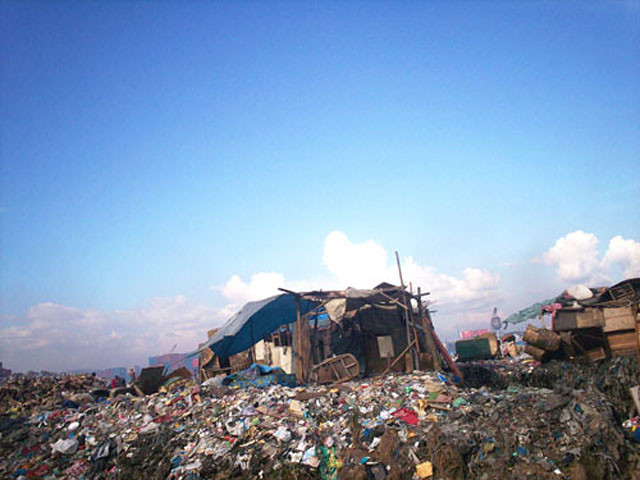
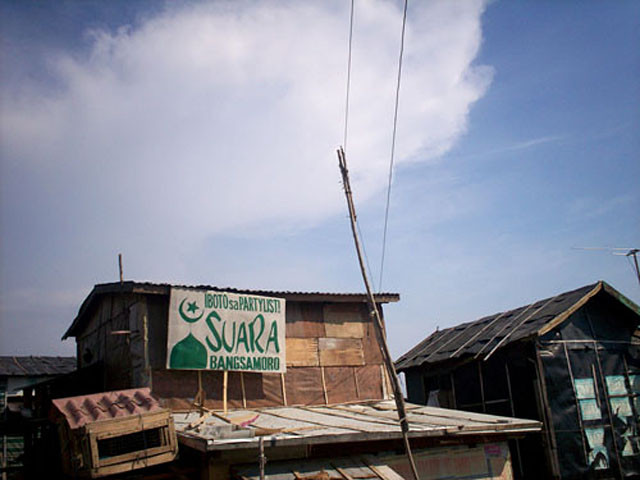
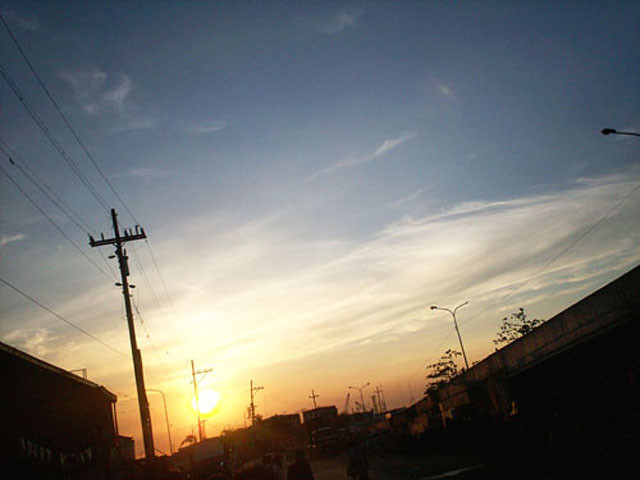
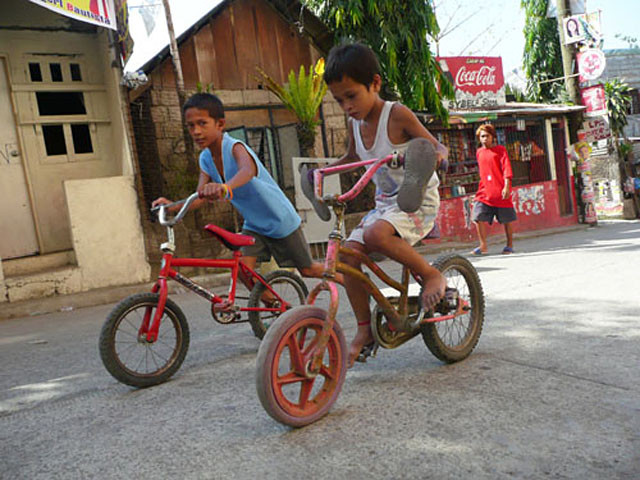

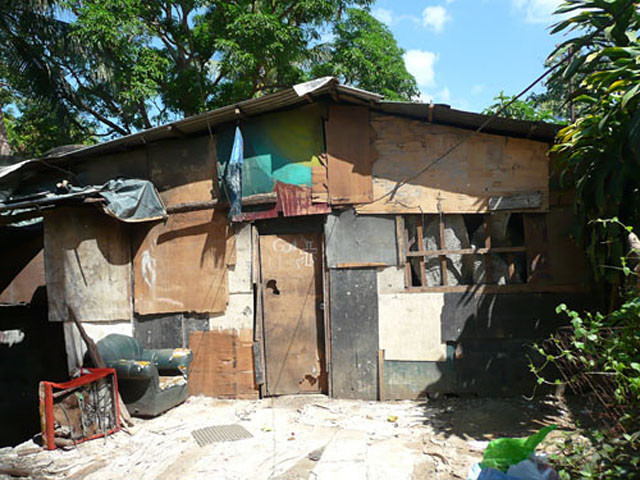
_600_832_s.png)

1_600_375_90_s_c1.jpg)

